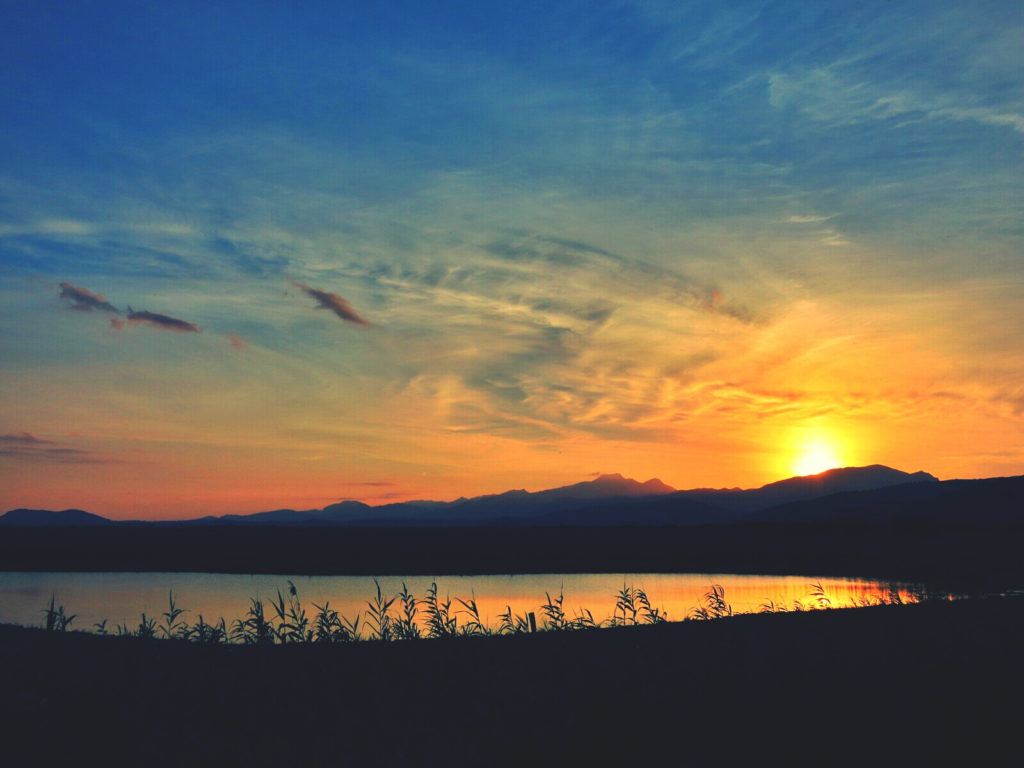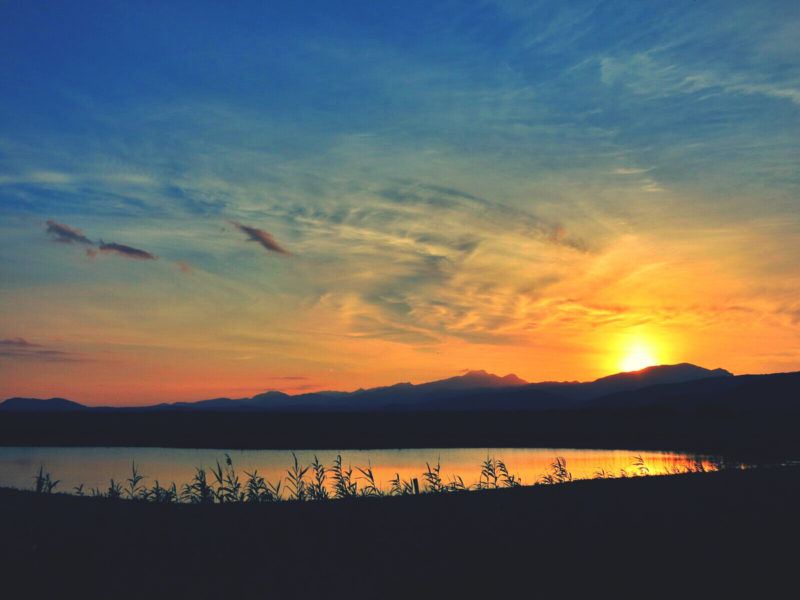Sa Pobla or La Puebla is a district in the Balearic Islands. It is located in Mallorca, precisely in Raiguer. La Puebla is known worldwide for its harvesting of crops such as potatoes and rice, which hint at the identity of its cuisine. Its charm also lies in the historic and natural heritage that accompanies its territory. With a total of 17 archaeological sites record the history of La Puebla. From the Talayotic period, this territory is home to the talayot des Claper gran, and from the Roman period, the town is home to ceramics, amphorae, coins and lead rails.
Historic Monuments of Sa Pobla
– Oratory of Crestatx
This is a small chapel that was built in the thirteenth century and renovated in 1820. Inside the chapel is an image of Santa Margalida that was done in the sixteenth century. During the holidays, a large and very beautiful nativity scene is displayed inside. Nearby, you can find vast gardens and a restaurant.
– Cultural heritage Museum of Sant Antoni y el Dimoni
This is a museum dedicated to the popular festival of Sant Antoni held in So Pobla. The museum houses items typical to this festival, such as the dimonis (devils) and capgrossos (big festival heads), amongst others. Information on the origin of the festival, glosses and typical music or songs of this festival is also on display. Visitors to this museum will learn all about the tradition of San Antoni.
–Contemporary Art Museum
This museum is housed in an old manor that was restored in 1998. Inside are hundreds of works by Mallorcan artists. From time to time, temporary exhibitions on the tradition and lifestyle of La Puebla years ago.
Natural Heritage of Sa Pobla
Sa Pobla shares its wall with S’Albufera Natural Park. This was the first Natural Park on the Balearic Islands. This natural environment is home to over 200 species of birds and some 30 species of fish. As for Botany, you can find elms, poplars and tamarinds. It is a protected space. A part of the marshes of this park were dried in the nineteenth century in order to allocate land for cultivation. In the summer, the lagoon is made up of the sea water, while during the rest of the year it draws water from the streams.


